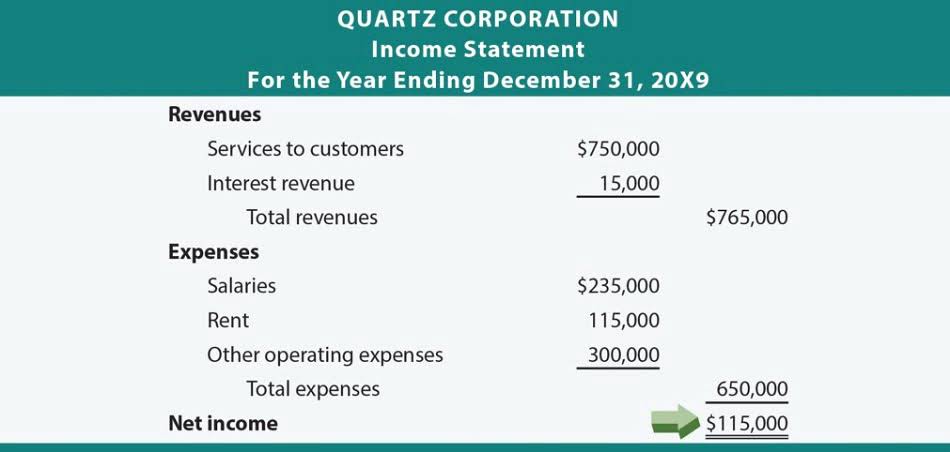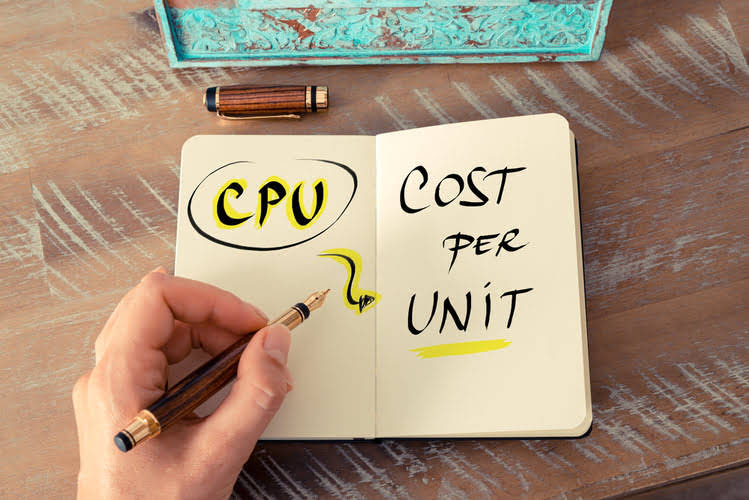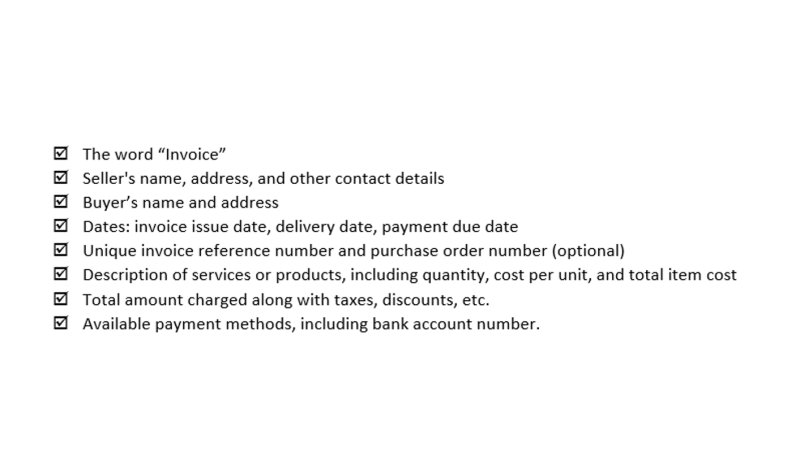
This working is in effect an extract from the statement of changes in equity. Limitations and drawbacks exist when relying solely on cash flow from assets as a measure of financial health. It fails to consider other factors such as debt, market conditions, and future investments, providing an incomplete picture of overall financial stability. Essentially, the accountant will convert net income to actual cash flow by de-accruing it through a process of identifying any non-cash expenses for the period from the income statement. The most common and consistent of these are depreciation, the reduction in the value of an asset over time, and amortization, the spreading of payments over multiple periods. Based on the cash flow statement, you can see how much cash different types of activities generate, then make business decisions based on your analysis of financial statements.

What is an accrued expense vs accounts payable?
If FCF + CapEx were still upwardly trending, this scenario could be good for the stock’s value. In this example, there is a strong divergence between the company’s revenue and earnings figures and its free how to find cash flow from assets cash flow. Based on these trends, an investor might suspect that Company XYZ is experiencing some kind of financial trouble that hasn’t yet impacted headline numbers such as revenue and earnings per share.
- Analyzing changes in cash flow from one period to the next gives the investor a better idea of how the company is performing, and whether a company may be on the brink of bankruptcy or success.
- For example, even though a company has operating cash flow of $50 million, it still has to invest $10million every year in maintaining its capital assets.
- You expect that after the factory is successfully established in the first year with the initial investment, it will start generating the output (products or services) by the second year and onward.
- Thomas’ experience gives him expertise in a variety of areas including investments, retirement, insurance, and financial planning.
- The cash flow statement does not replace the income statement as it only focuses on changes in cash.
Cash Flow from Financing Activities

Answer (b) indirect methodThe indirect method is more commonly examined. Here as we start with profit before tax we have to add back all the non-cash expenses charged, deduct the non-cash income and adjust for the changes in working capital. Direct cash flow statements show the actual cash inflows https://www.bookstime.com/articles/bookkeeper360 and outflows from each operating, investing, and financing activity. While the indirect cash flow method makes adjustments on net income to account for accrual transactions. While depreciation is an expense that reduces a company’s net income, it doesn’t represent an actual cash outflow.

Accrual Accounting

This will enable you to make more informed decisions regarding resource allocation, investment opportunities, and risk management strategies. By following these steps and analyzing the results, you can gain insight into how your business is utilizing its financial resources for long-term growth. This understanding will enable you to make informed financial decisions moving forward without losing sight of evaluating potential returns on investment opportunities. By performing this calculation regularly and comparing results over time, you can gain valuable insights into your business’s financial health and identify areas for improvement.
Then, it subtracts the initial investment from that present value to arrive at net present value. If this value is negative, the project may not be profitable and should be avoided. Year 0 represents actual cash flows, while years one to five represent projected cash flows over the mentioned years. A negative value indicates cost or investment, while a positive value represents inflow, revenue, or receipt. Net present value (NPV) helps companies determine whether a proposed project will be financially viable.
Important cash flow formulas to know about

Operating assets declined by $5m while operating liabilities increased by $15m, so the net change in working capital is an increase of $20m – which our CFS calculated and factored into the cash balance calculation. Suppose we are provided with the three financial statements of a company, including two years of financial data for the balance sheet. Maximizing profit in real estate investing involves a blend of strategic decision-making, market awareness and the right choice of property types. Rental properties provide stable, long-term income, while commercial real estate often offers higher returns with longer lease agreements and professional tenants. Fix-and-flip projects can yield quick profits for those with the right skillset, while short-term vacation rentals capitalize on high demand in tourist areas.
Real Estate Investing Tips
- To calculate net cash, start with your net income and add back any non-cash expenses such as depreciation or amortization.
- Corporate management, analysts, and investors use this statement to determine how well a company earns to pay its debts and manage its operating expenses.
- For yield-oriented investors, FCF is also important for understanding the sustainability of a company’s dividend payments, as well as the likelihood of a company raising its dividends in the future.
- This system involves ordering supplies as needed rather than stockpiling.
- That can indicate that it’s using its cash to for growth purposes and to reduce its debt position.
- Cash flow from assets (CFFA) represents the total cash generated by a business’s assets within a specific period.
- Alternatively, the indirect method starts with profit before tax rather than a cash receipt.
Operating cash flow is calculated by taking cash received from sales and subtracting operating expenses that were paid in cash for the period. Identifying the most profitable real estate investments requires a thorough market analysis and evaluation of property types. By understanding market trends, different property types, cash flow potential and long-term appreciation, investors can make informed decisions that maximize their returns. To calculate net cash, start with your net income and add back any non-cash expenses such as depreciation or amortization. Next, consider changes in working capital, including accounts receivable, inventory, and accounts payable. If there are increases in these items, subtract them from net income; if there are decreases, add them to net income.
Understanding cash flow from assets
Proceeds from issuing long-term debt, debt repayments, and dividends paid out are accounted for in the cash flow from the financing activities section. It’s the money available to investors, company management, shareholder dividends, and investments back into the business. Instead, cash flow represents the movement of money into and out of a business over a specific period of time.. Cash flow provides insights into a company’s financial health and capacity to generate positive returns for its investors.
- If FCF + CapEx were still upwardly trending, this scenario could be good for the stock’s value.
- A company with consistently low or negative FCF might be forced into costly rounds of fundraising in an effort to remain solvent.
- Expenses are reported when incurred, even though no cash payments have been made.
- Cash flow analysis is the process of examining the amount of cash that flows into a company and the amount of cash that flows out to determine the net amount of cash that is held.
- Deprecation reduces the carrying amount of the PPE without being a cash flow.
- BrickbyBrick’s cash flow from operating activities (as mentioned in the Statement of Cash Flows) is $100,000.
- This could mean trouble ahead if, for instance, cash flowing from the sale of investments is being used to pay operating expenses.
It provides valuable insights into a company’s ability to generate cash and meet its financial obligations. The resulting figure is your net capital spending (NCS), which indicates the net cash used for or received from investments in the company’s long-term assets. The direct method is intuitive as it means the statement of cash flow starts with the source of operating cash flows. The operating cash outflows are payments for wages, to suppliers and for other operating expenses which are deducted. With the indirect method, cash flow is calculated by adjusting net income by adding or subtracting differences resulting from non-cash transactions.
